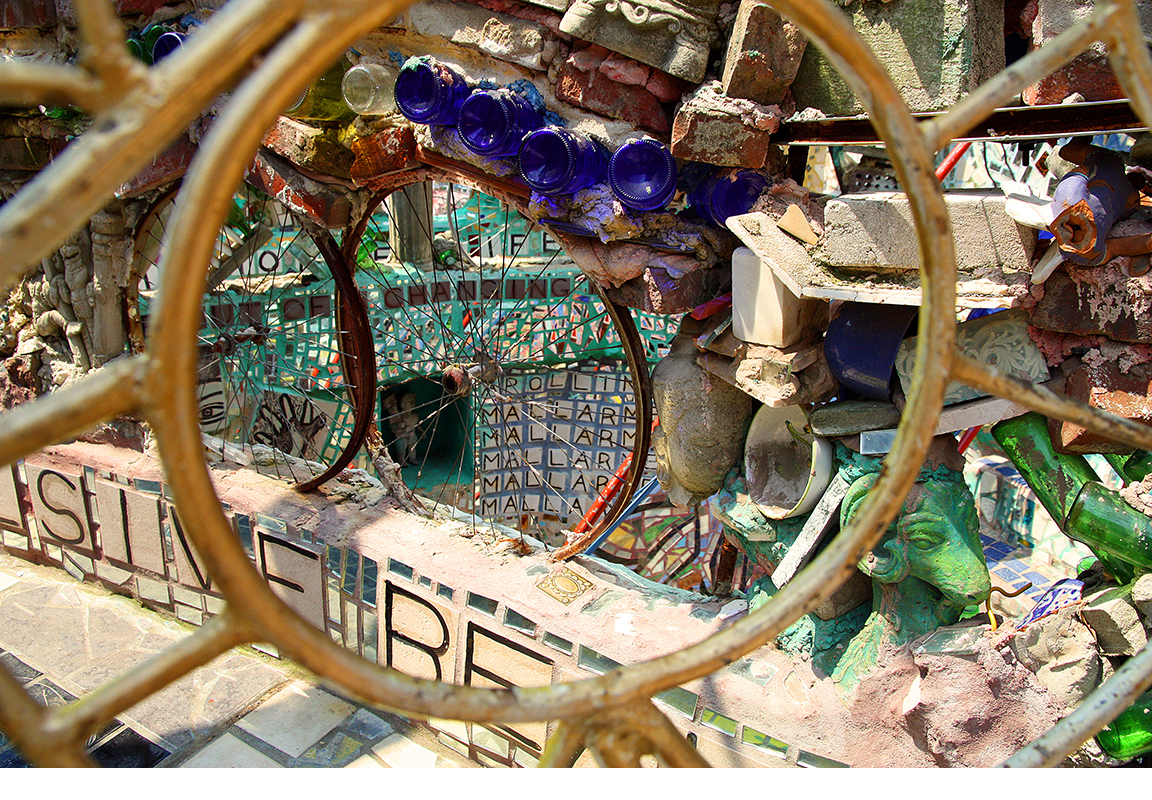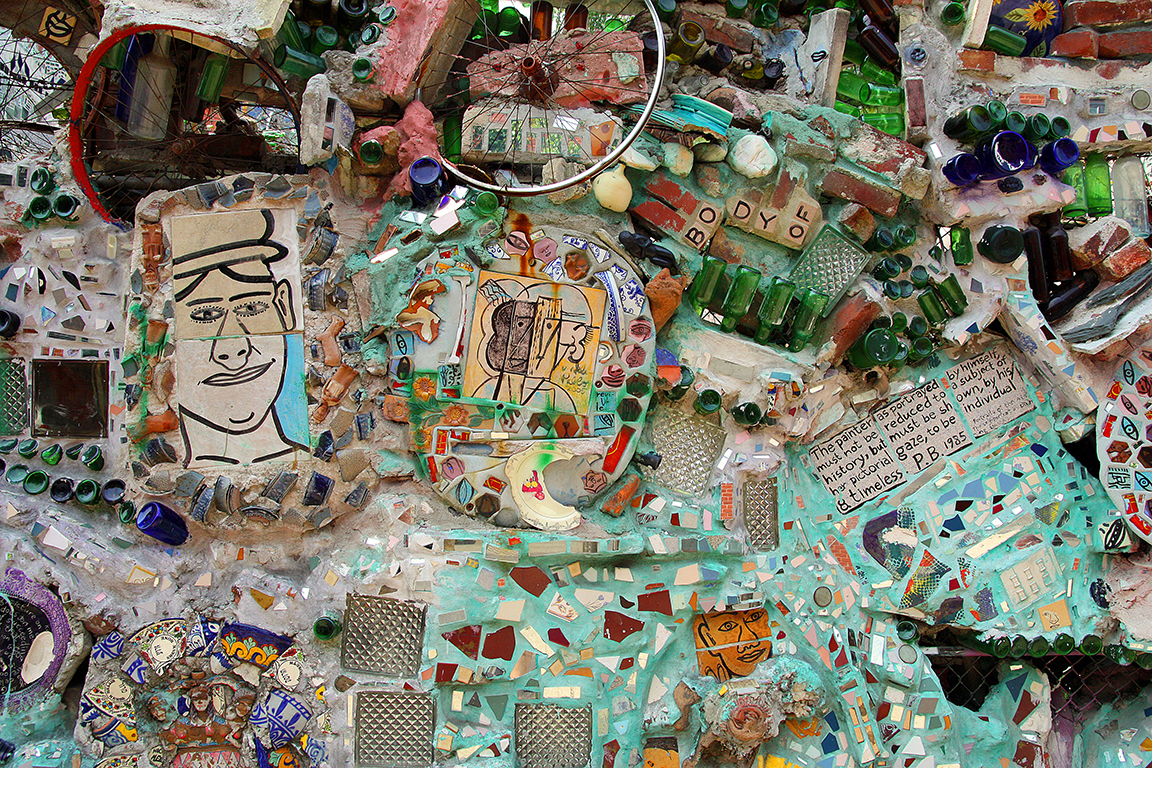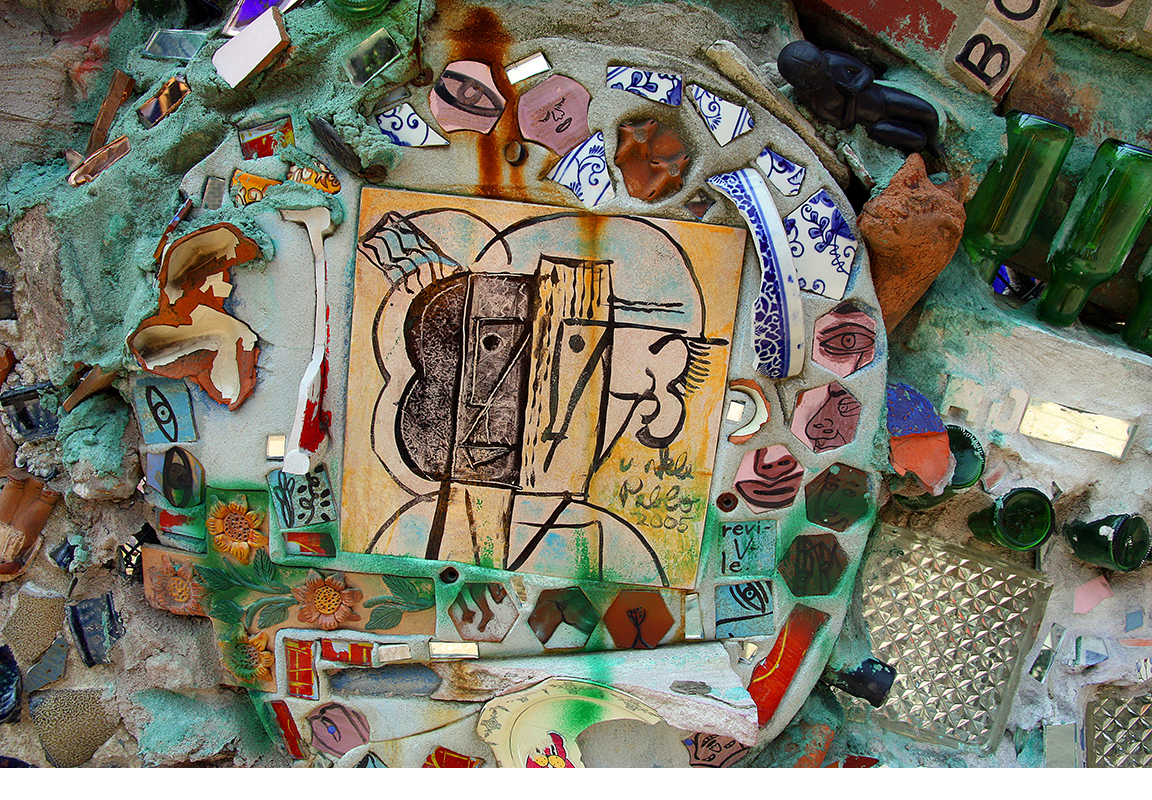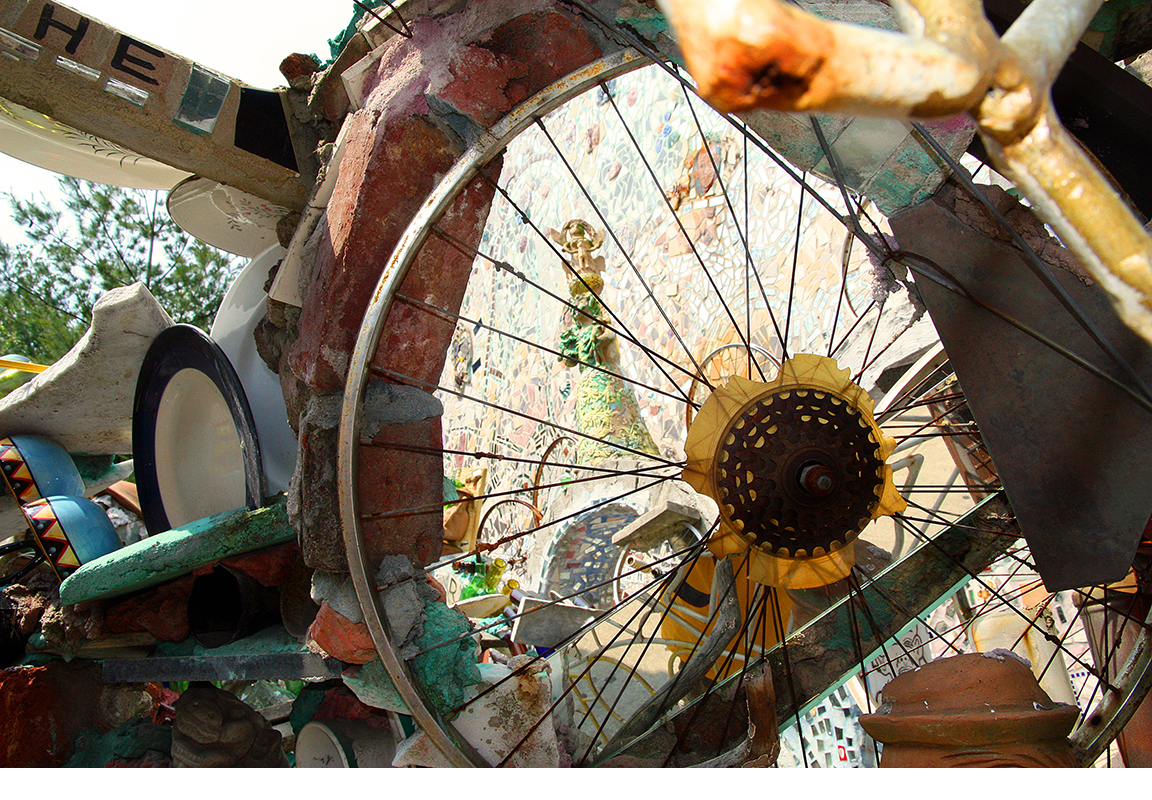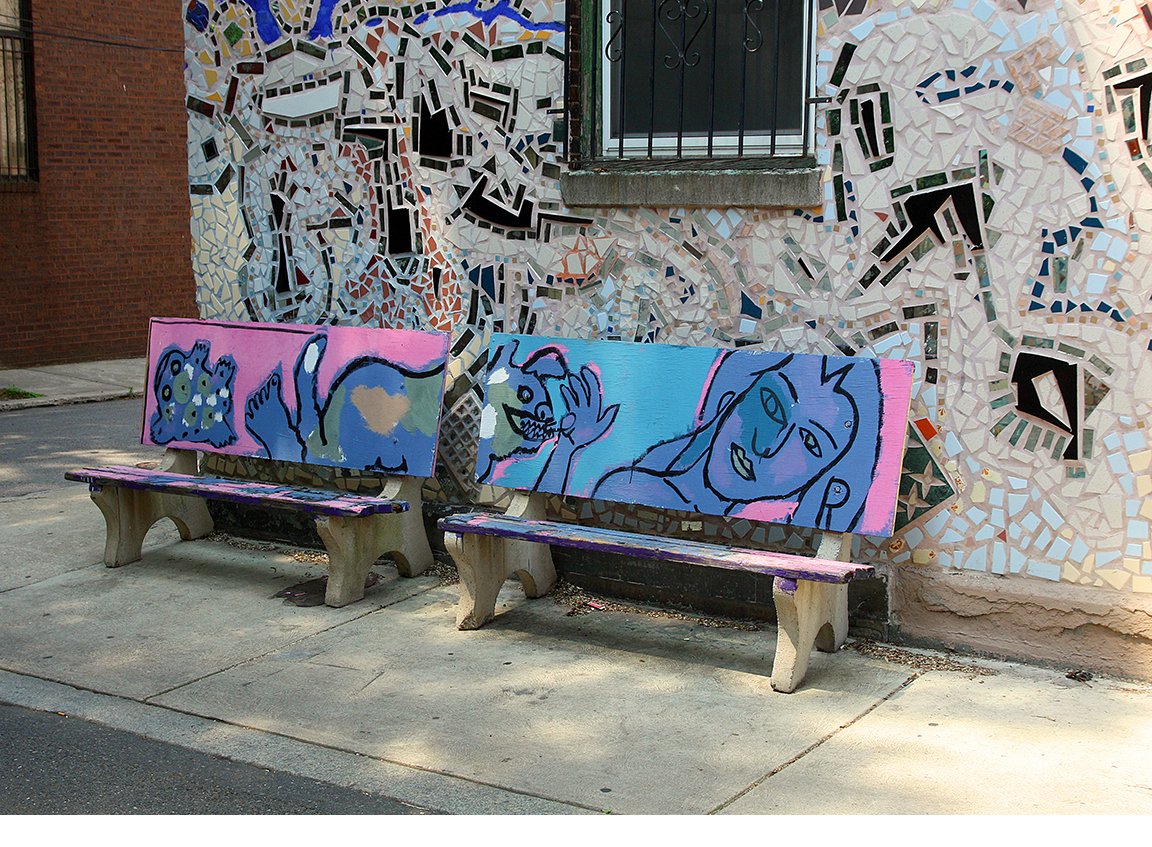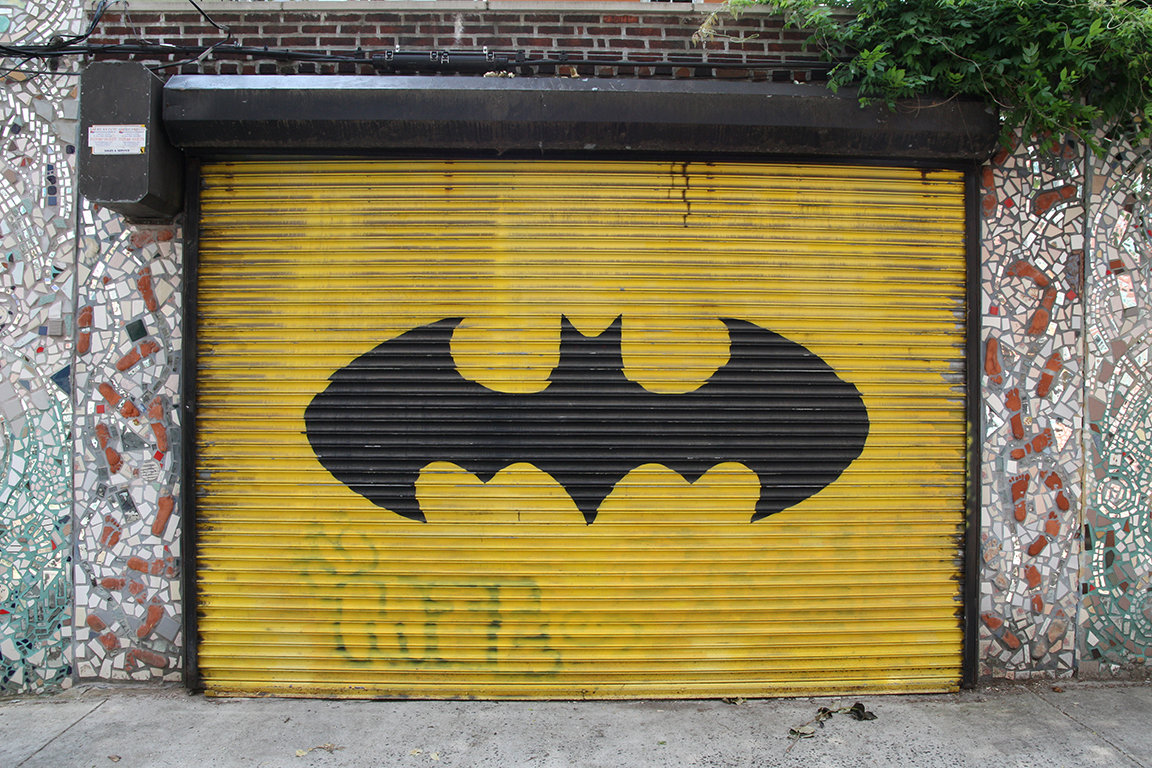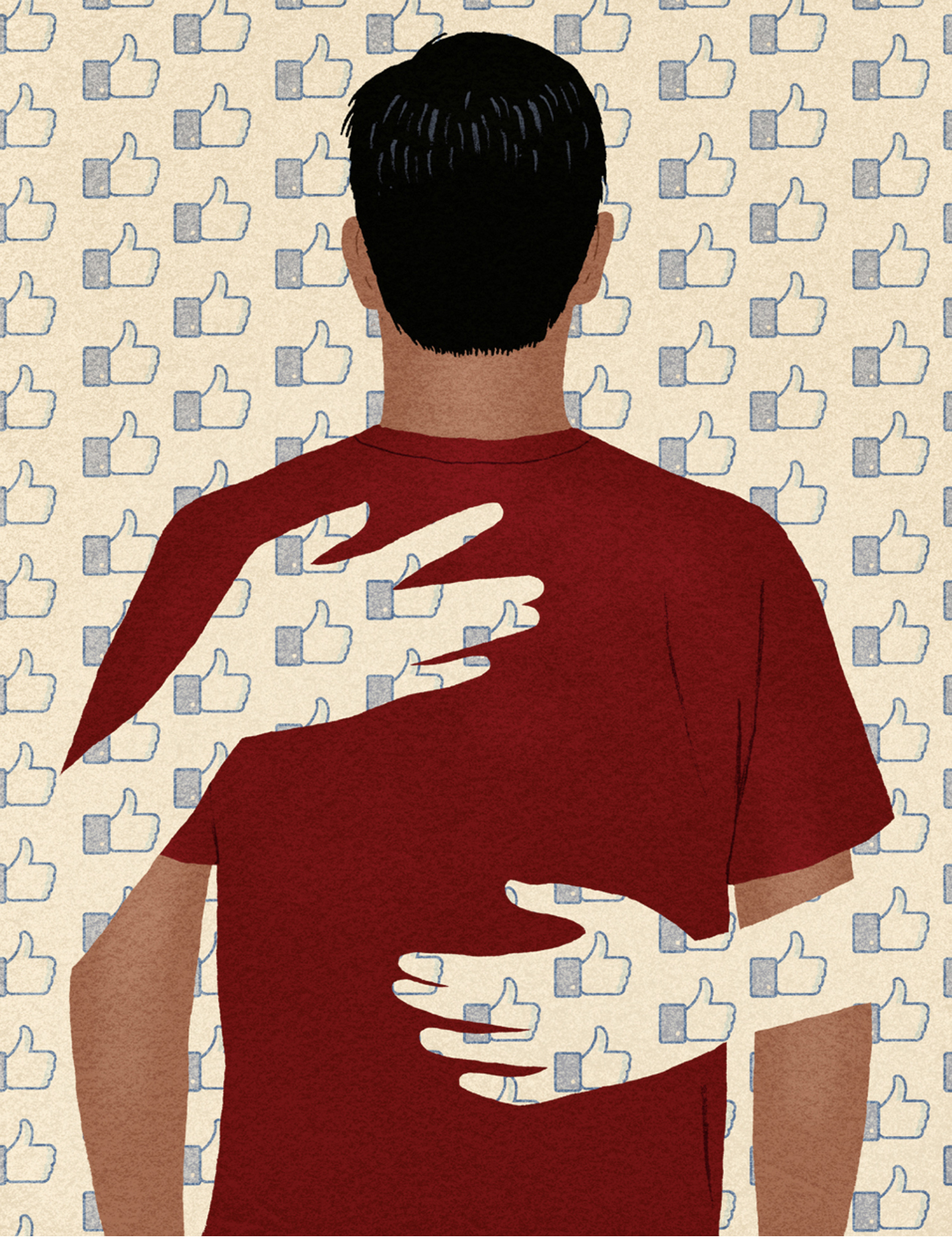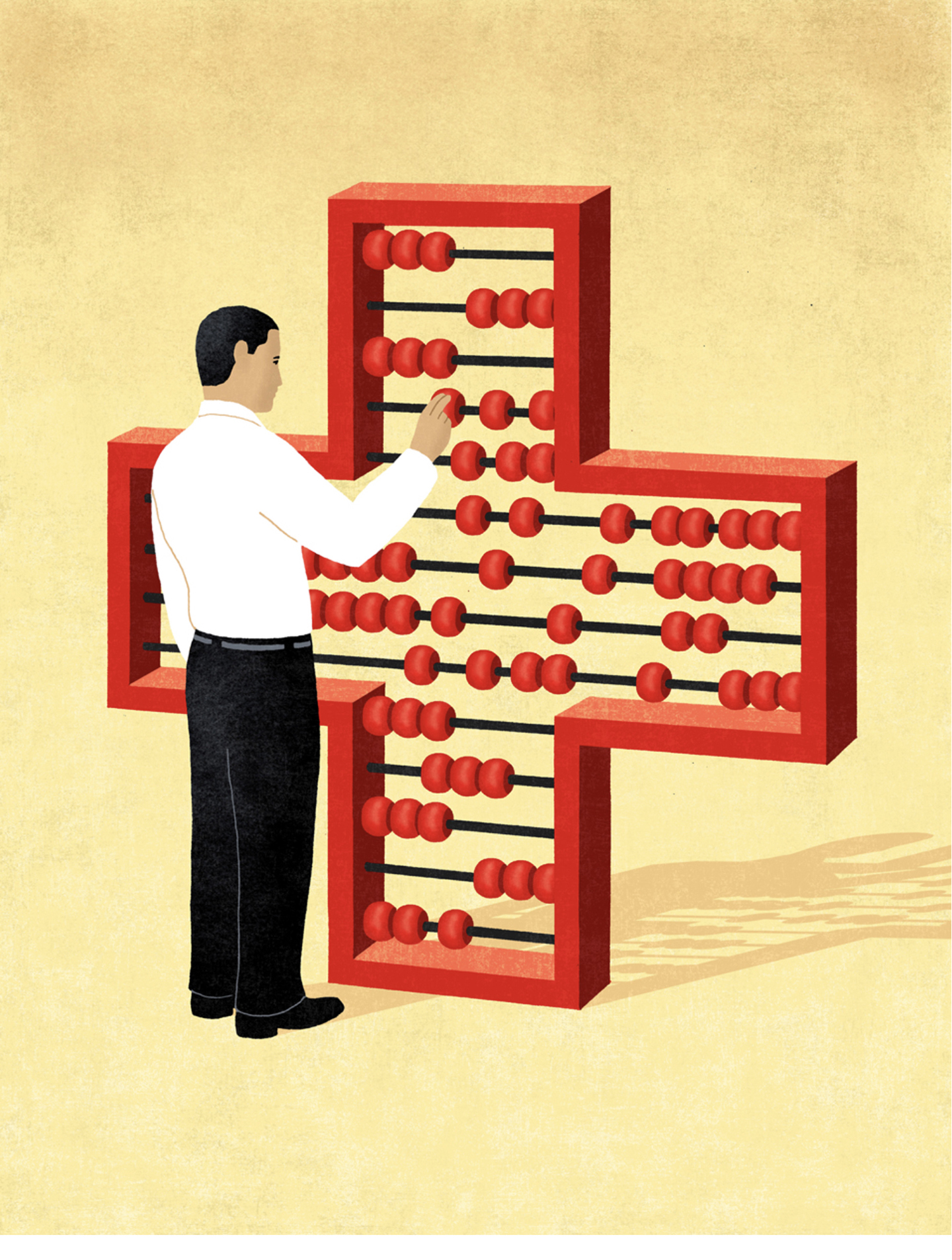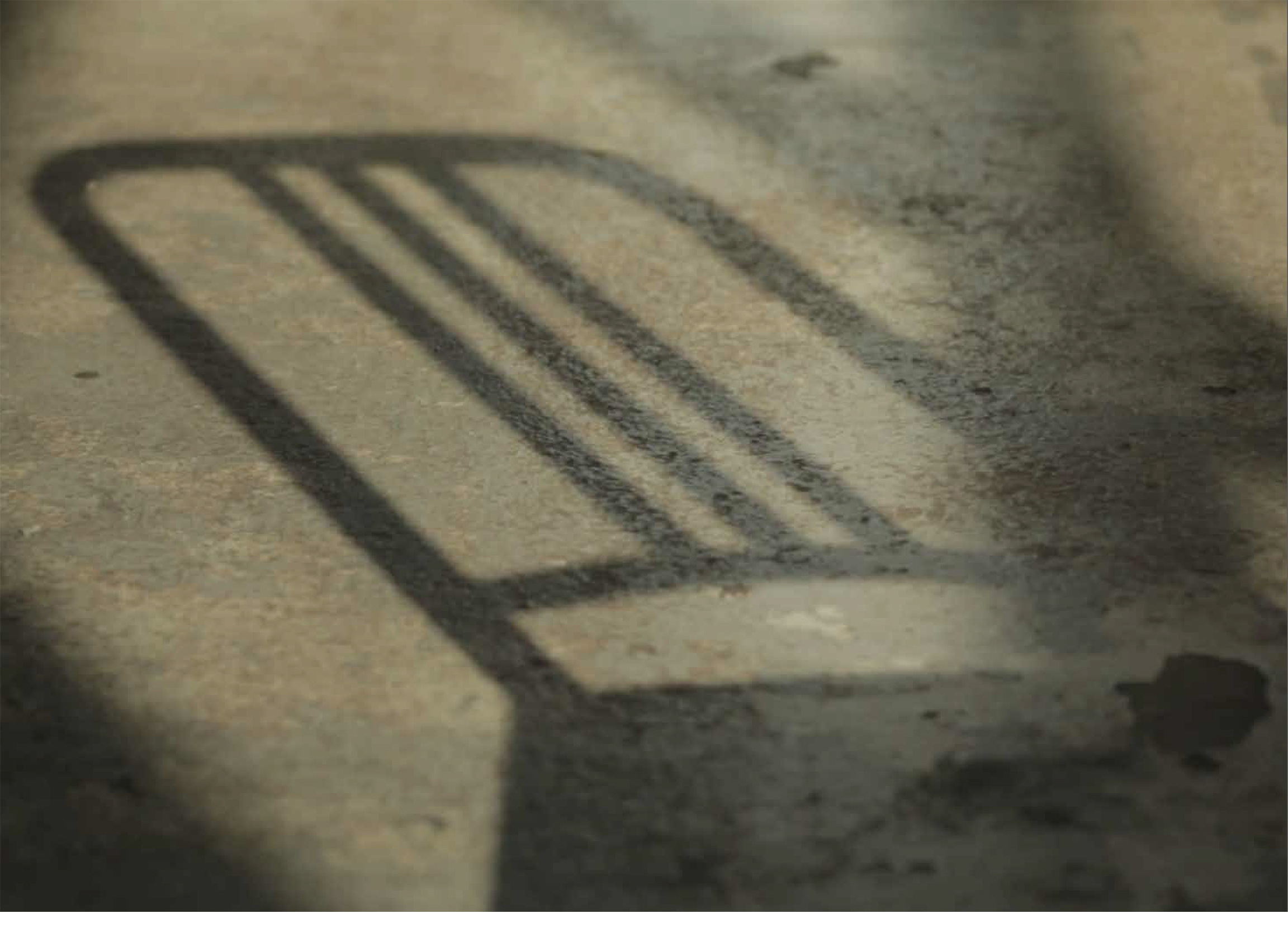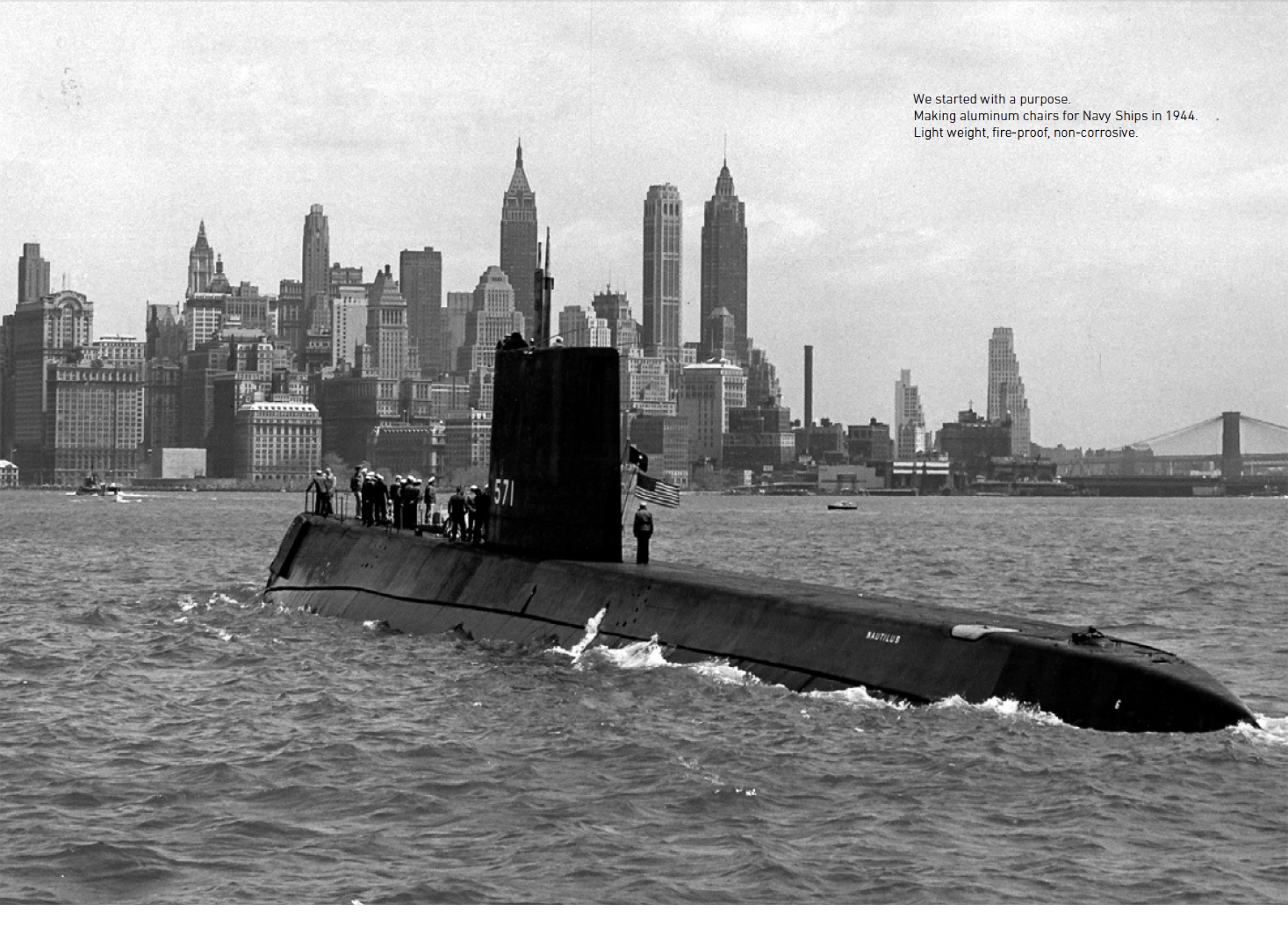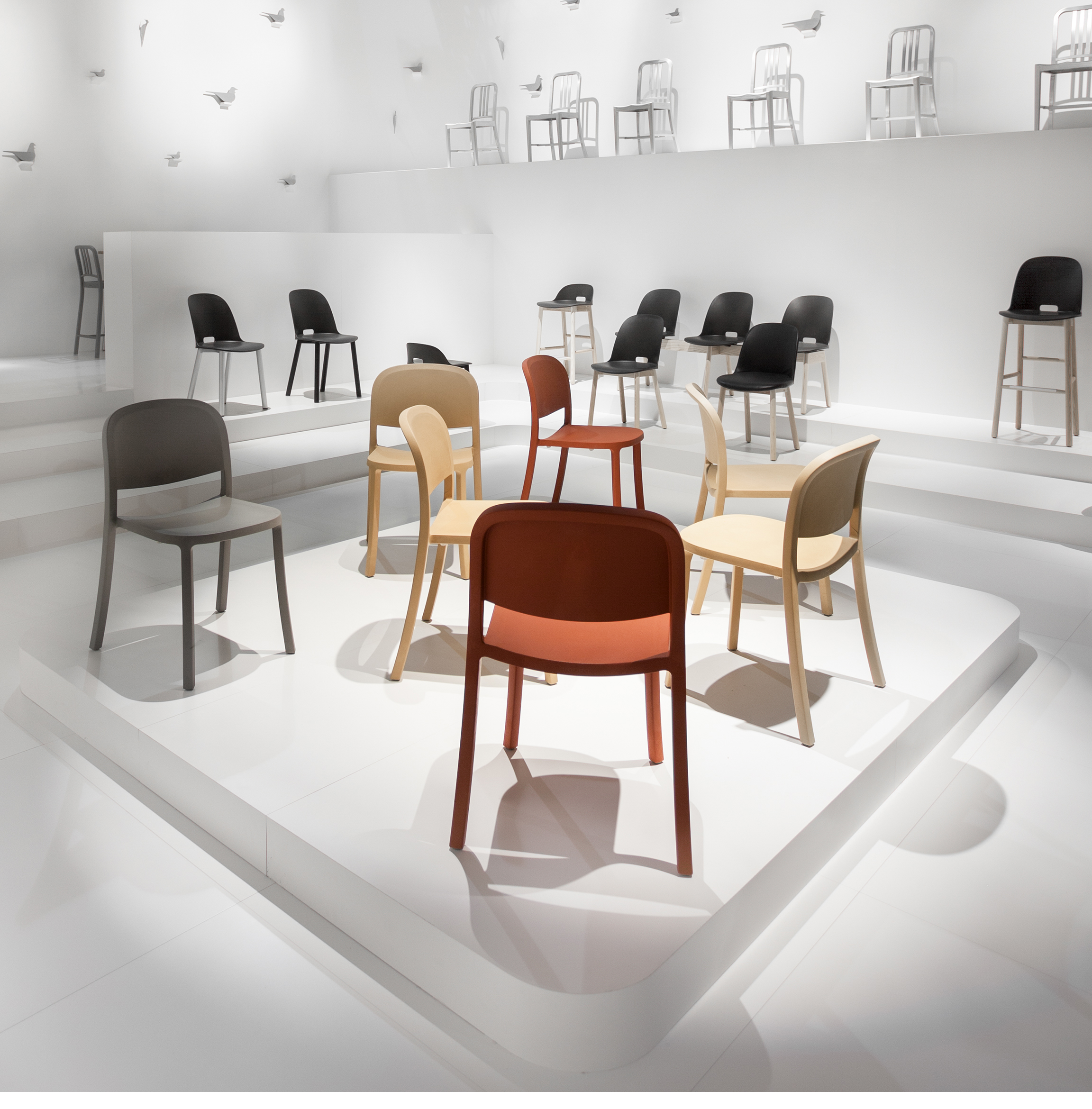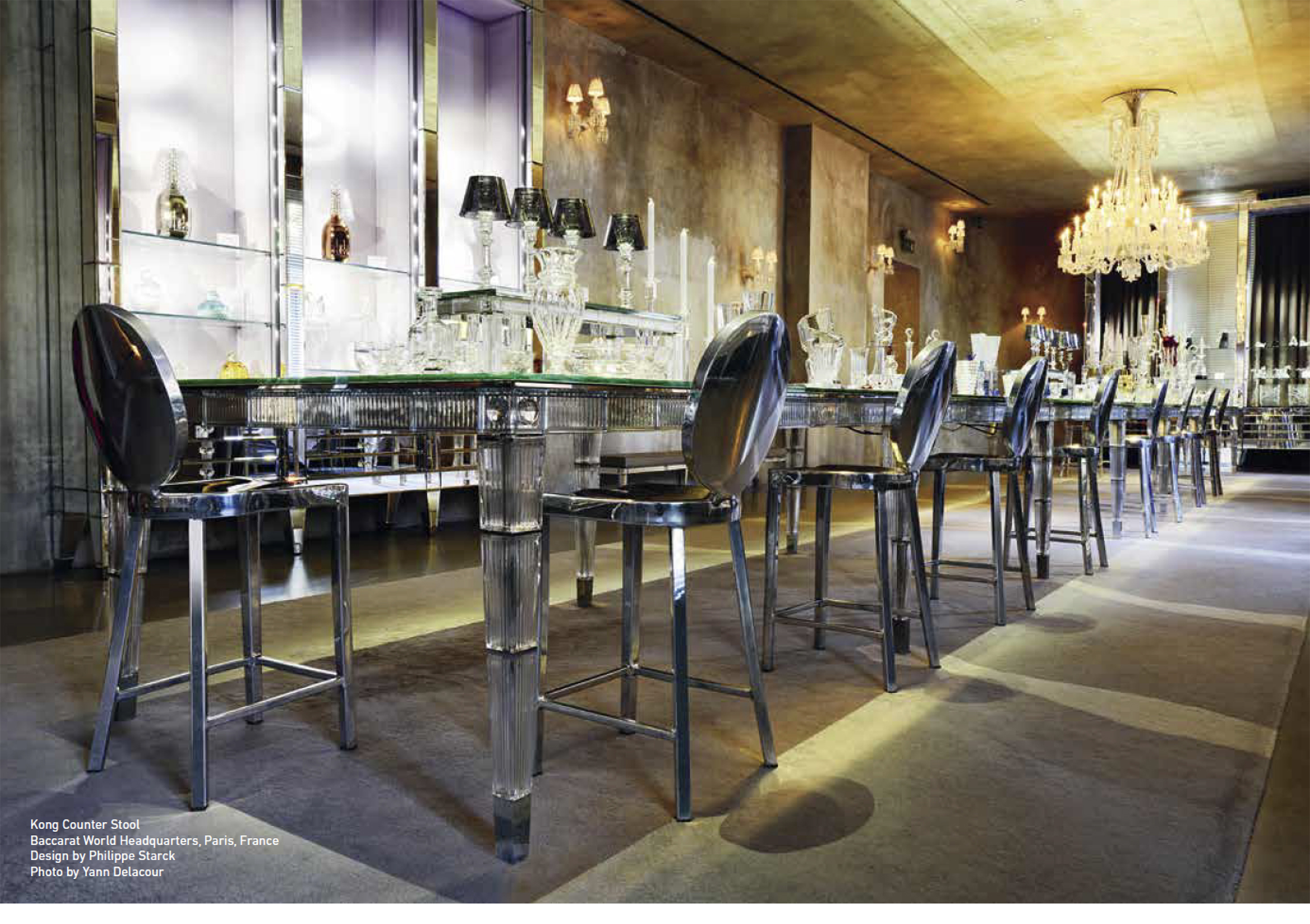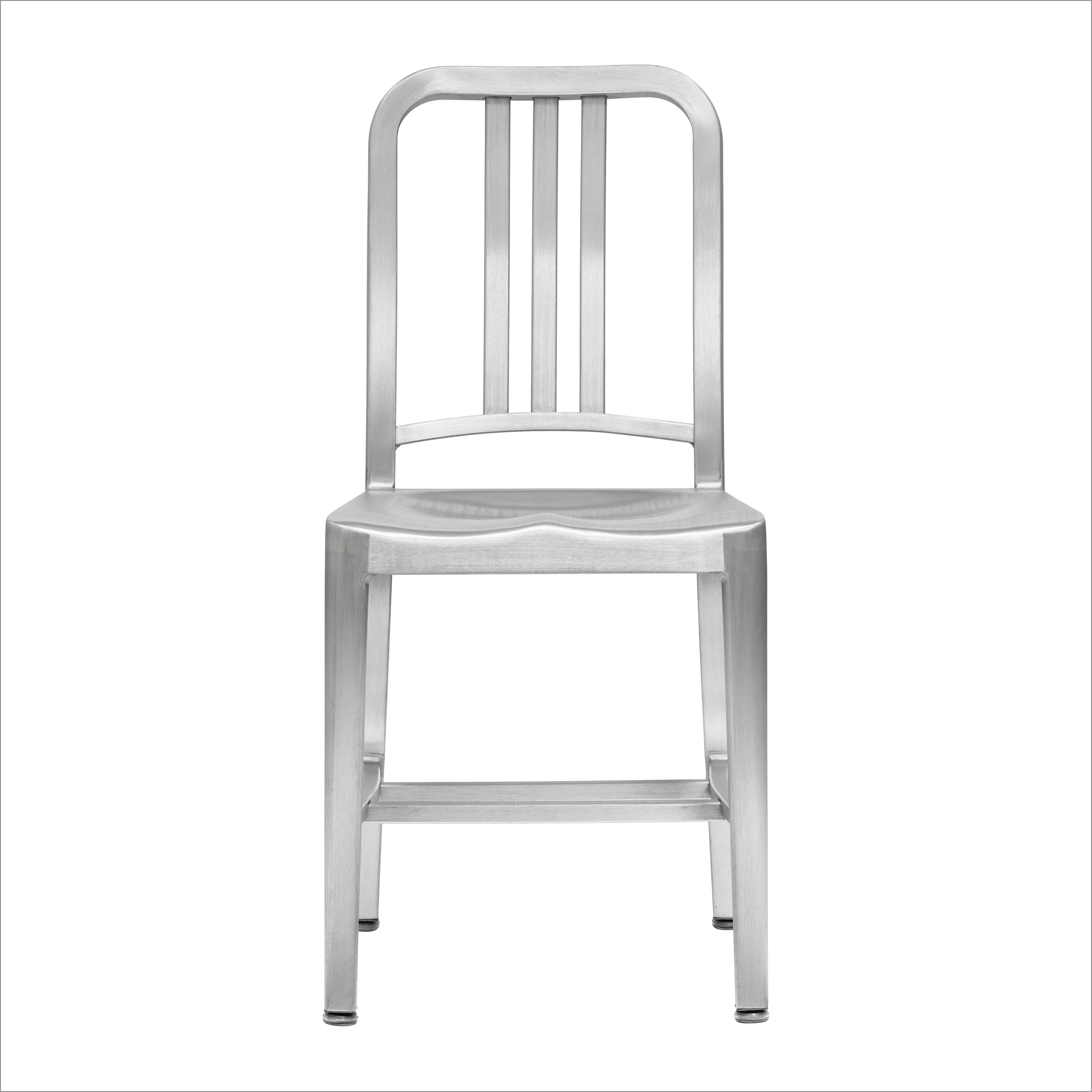Emeco, the American Made Chair Company
History, craftsmanship, and utilitarian design are at the very core and foundation of Emeco. Founded in 1944 by Wilton C. Dinges, the Electrical Machine and Equipment Company has become a universal icon in the design community. Emeco’s skilled craftsmen are the guardians of what is considered a lost art, dedicating both their time and talent to the manufacture of an enduring product that is guaranteed to last a lifetime.
The creative process behind the development of Emeco products is one that is loose and organic, intuitive, and explorative. The philosophy is rooted in the fact that the search for good design is as much part of the development process as is the forming, welding, and hand finishing of its products. Emeco’s designers and manufacturers are equally valued and respected, and their combined dedication, intuition, and skill have uniformly contributed to the company’s continuing growth. All Emeco chairs are LEED™ compliant, made of 80% recycled aluminum or 65% rPET. The aluminum chairs have an estimated lifespan of 150 years and a lifetime guarantee. This, combined with the chairs’ classic styling, eliminates the need for recycling.
Emeco was founded following a collaborative project with Alcoa (the world’s largest aluminum manufacturer), to develop a seaworthy chair for military use in Navy submarines and warships. The resulting product was the 1006 Navy chair, now a design classic. Subsequently, the U.S. government became the largest purchaser of the 1006 chairs following World War II through the 1970s. Eventually, the end of the cold war marked a significant decrease in the size of the U.S. military, and as a result, sales of the 1006 chair plummeted. In 1998, Buchbinder purchased Emeco and repositioned the company making chairs for architects, designers and retailers. In 2000 Buchbinder began a close working relation with Philippe Starck. Together, they developed series of products, including the Hudson, designed for the Hudson Hotel. According to Starck, “It’s an attempt to remain faithful to the Emeco spirit. The styling is meant to be very pure, very reductive. If one can say of such a beautiful chair, it’s understated.” In 2001, the Hudson chair won the GOOD Design Award and was accepted into the permanent collection of the Museum of Modern Art.
In 2004, Buchbinder began working with Frank Gehry to develop Superlight. According to Gehry, “Aluminum was the obvious choice and Emeco was the only company that could make it.” The Superlight won a GOOD design award and was accepted into the permanent collections of the San Francisco Museum of Modern Art, the Corcoran Gallery and the Pinakotherk in Munich. In 2005, designer Adrian van Hooydonk, BMW Design Group Designworks USA, transformed the 1951—a long-lost Emeco hospital chair—into a lower-cost design classic. Foster and Partners designed 20-06 a stacking chair for the 2006 Smithsonian addition in Washington, DC. “20-06” won a GOOD DESIGN, a Spark Design Award and the 2008 Baden- Württemberg International Design Award for environmentally progressive new products.
In 2008, Emeco launched the Nine-O Collection by Ettore Sottsass and in the folowing year the Morgans chair by Andrée Putman, designed for the restored Morgans Hotel in NYC. In 2010 Emeco launched the Lancaster Collection designed by British designer Michael Young. And in the same year Emeco presented the joint venture with the Coca- Cola company. Re-launching the classical Navy Chair from the 1940’s, now made in recycled PET, upcycling 111 used Coca-Cola bottles for every manufactured chair. In 2010, the 111 Navy chair® won the GOOD DESIGN Award and the IF International Design Forum Product Design Award.
For further information, please visit: emeco.net

